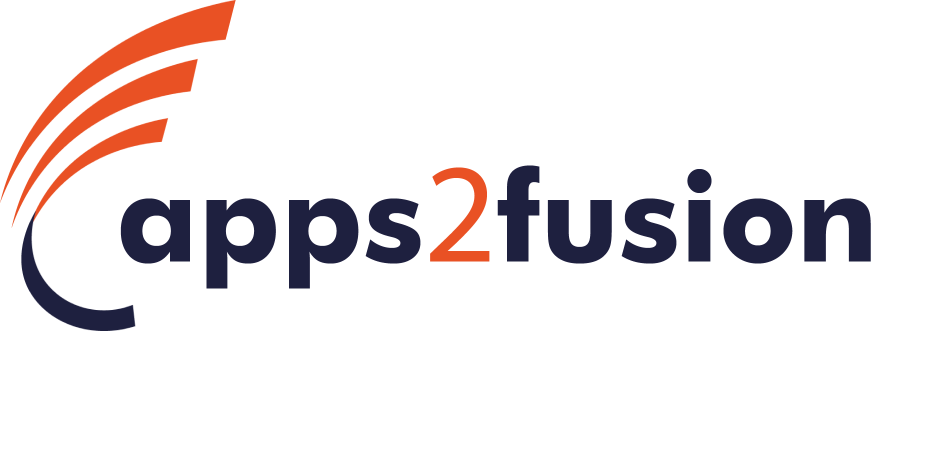Oracle EPM Fundamentals Training

The Oracle EPM Fundamentals training is meticulously crafted by a highly seasoned industry professional with over 5+ years of expertise in the Oracle EPM domain. The Oracle EPM fundamentals training covers essential topics to help you prepare for the Oracle Enterprise Performance Management certifications. You learn how to create an application in Enterprise Planning Cloud, configure financials, and navigate Enterprise Planning Cloud. Further, you will gain an in-depth understanding of importing and exporting Metadata, importing data from data files, loading data using data management, and entering revenue and expenses in Financials. You will also comprehend key elements such as setting up balance sheet and cash flow assumptions, maintaining applications, creating users and groups, assigning artifact access, and migrating application artifacts.
OVERVIEW OF ENTERPRISE RESOURCE MANAGEMENT – PLANNING
- Describe the key features of Oracle Enterprise Planning Cloud and identify its business processes
- Explain the Oracle Enterprise Planning Cloud implementation process
- Identify how to access the cloud environment
- Discuss the utilities and tools that integrate with Oracle Enterprise Planning Cloud
CREATING AN APPLICATION IN ENTERPRISE PLANNING CLOUD
- Describe elements on the landing page
- Create an application for Enterprise Planning Cloud
- Describe components on the home page
- Explain how navigation flows are applied
CONFIGURING FINANCIALS
- Explain the key features available within Financials
- Configure Revenue, Expenses, Balance Sheet, and Cash Flow
- Define the time frame and granularity
- Set up global assumptions
- Review the enabled feature
NAVIGATING ENTERPRISE PLANNING CLOUD
- Navigate the home page
- Set user variables
- Review the Financials cluster
- Navigate application elements
IMPORTING AND EXPORTING METADATA
- Identify metadata load options
- Load metadata
- Export metadata
IMPORTING DATA FROM DATA FILES
- Load data with a flat file
- Download data load templates
- Export data
- View data import and export status
- Launch business rules
LOADING DATA USING DATA MANAGEMENT
- Define import formats
- Create locations to import data to specific locations
- Define data load mappings
- Create data load rules
- Import data
ENTERING REVENUE AND EXPENSES IN FINANCIALS
- Navigate and perform actions on forms
- Save and refresh data
- Enter driver- and trend-based revenue
- Directly enter revenue
ENTERING REVENUE AND EXPENSES IN FINANCIALS – CONTINUED…
- Review the income statement
- Enter driver- and trend-based expenses
- Directly enter expenses
- Review expenses on the income statement
SETTING UP BALANCE SHEETS AND CASH FLOW ASSUMPTIONS
- Set up balance sheet drivers
- Define rolling forecast criteria
- Directly enter balance sheet data
- Set up cash flow assumptions
- Enter indirect cash flow
- Review integrated data
MAINTAINING APPLICATIONS
- Move data using Smart Push
- Modify mapping criteria
- Update configuration tasks
CREATING USERS AND GROUPS
- Create users
- Assign roles to a user
- Create groups
ASSIGINING ARTIFACT ASSETS
- Describe the process of assigning access
- Explain permission types
- Assign access to artifacts
MIGRATING APPLICATION ARTIFACTS
- Import and export metadata and data
- Explain the migration status of artifacts
Course Content
Similar Courses:

Oracle Fusion Fundamentals Training (Fusion Release 13)
This course gives you an introduction to the host of Oracle Fusion applications, architectural design,…

Mastering Hyperion Calculation Manager with Essbase and Planning Training
In Mastering Hyperion Calculation Manager with Essbase and Planning Training you will learn Essbase and…

Oracle Hyperion Planning Training
Developed by an industry expert with over 5+ years of expertise in the Oracle Hyperion…

Oracle Hyperion Financial Management Training
Developed by an industry expert with over 5+ years of expertise in the Oracle Hyperion…


